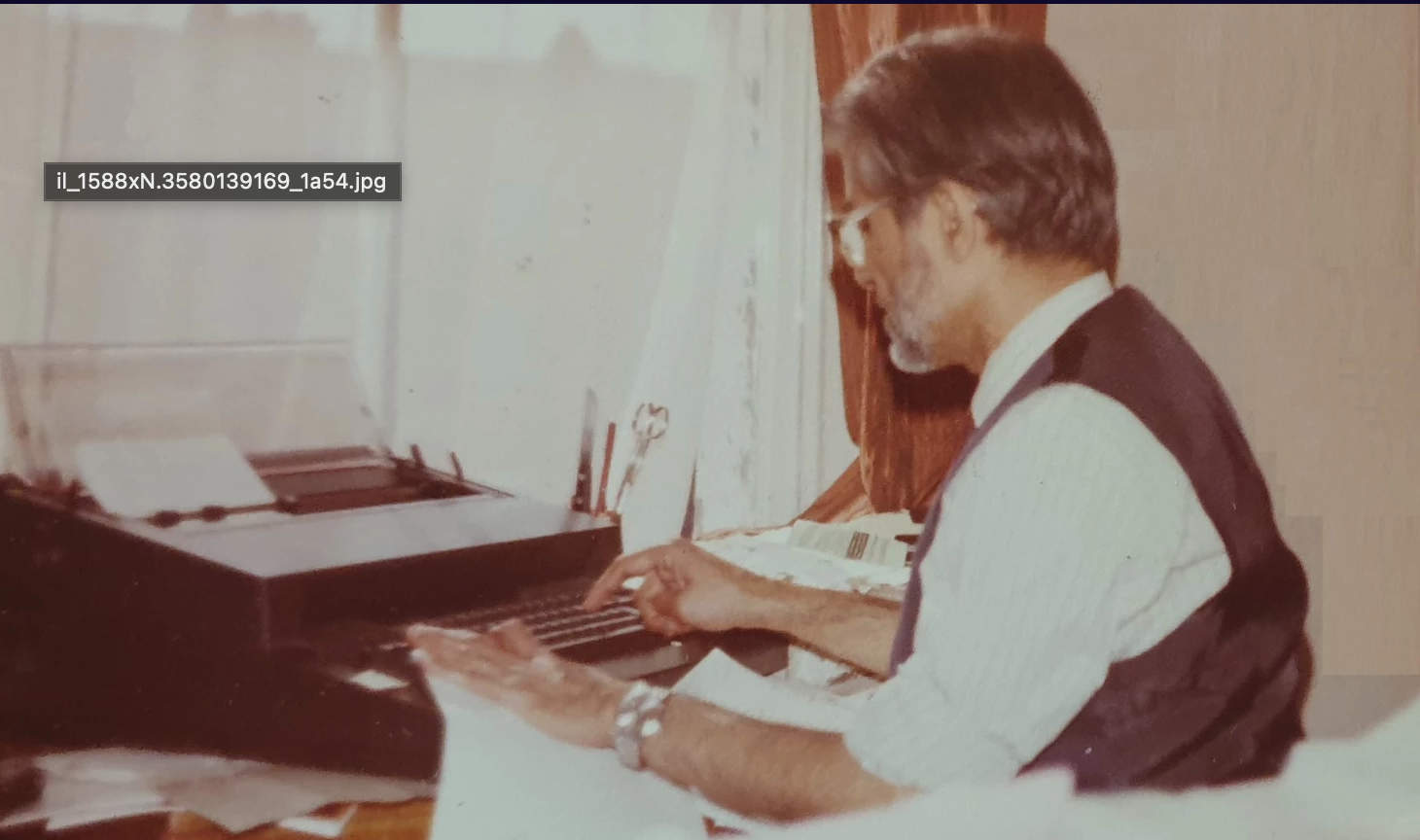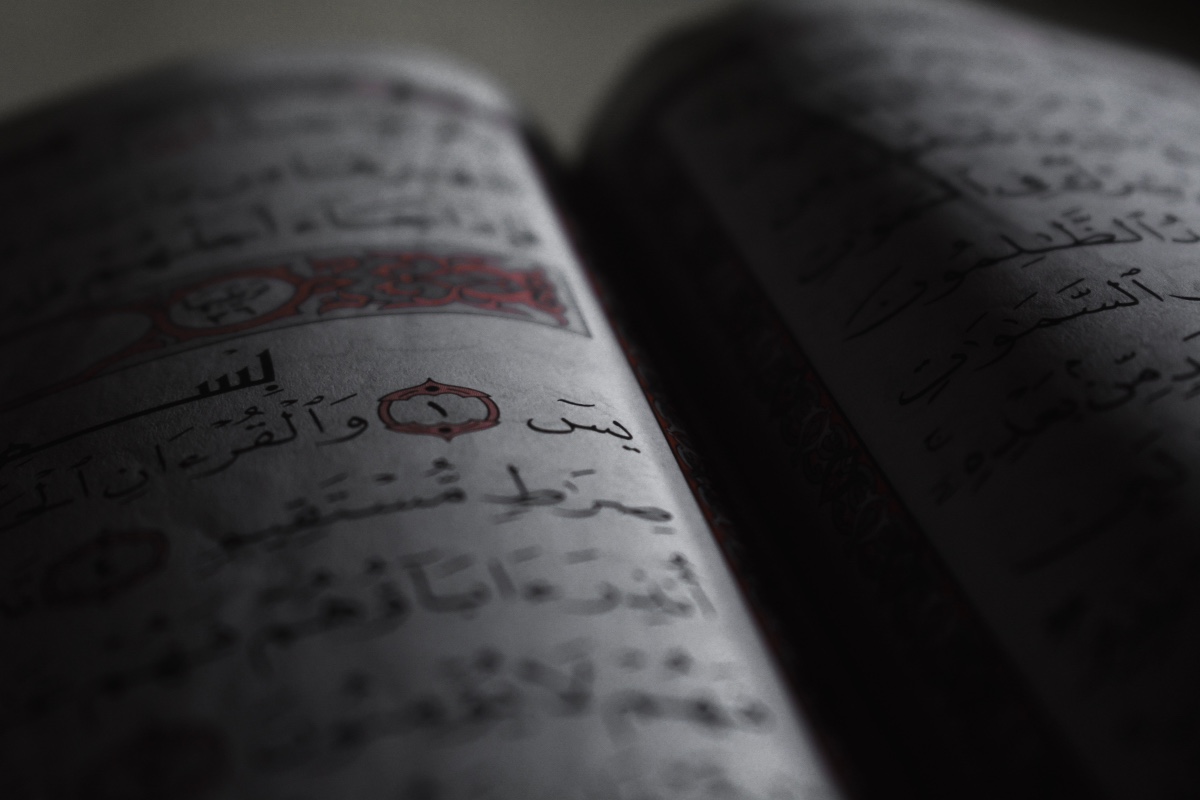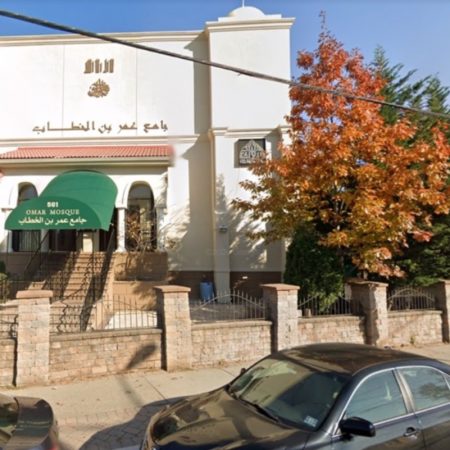A Lecturer was Unjustifiably Dismissed for Showing a Painting of the Prophet Muhammad
by M. Basheer Ahmed, M.D.
In January 2023, Hamline University in St. Paul, Minnesota, dismissed Erika López Prater, an adjunct faculty member, for showing two historical paintings of the Prophet Muhammad in her art history class. Following complaints from some Muslim students, university administrators described such images as disrespectful and Islamophobic. Many Muslims today believe it is inappropriate to show the image of the Prophet Muhammad, but within the academic world, this material is taught in a neutral and analytical way to help students assess and understand historical evidence.
In my opinion, Dr. Lopez Prater did not do anything wrong. In the class syllabus, she warned that images of holy figures, including the Prophet Muhammad and the Buddha, would be shown in the course. She asked students to contact her with any concerns, but no one did. Prior to the lecture in her Islamic art class, both a few days beforehand and on the day of the lecture, she was concerned about Muslim sensitivity, so she prepped the students, telling them the painting would be displayed, in case anyone wanted to leave.
This picture, painted by a Muslim artist in the 14th century, shows dignity and respect for the Prophet, and it is housed in a museum in Edinburgh (where it is seen by the public all the time) and has been shown in academic institutions. It was not a cartoon.
It seems that she did everything right. This is not an Islamophobic act. Dr. Prater did not insult nor show any act of humiliation toward the Prophet. She was teaching an Islamic art masterpiece in a class on art history.
The 10 commandments say, “Thou shall not make unto thee (God) any graven image.” The Quran says, “No vision can encompass Him, but He encompasses all visions” (6:103). Nobody can conceptualize the image of God. One cannot make an image of God.
Nothing in the Quran explicitly bans images. However, the hadith explicitly bans the drawing of images of any creature (not only the prophets). Hazrat Aisha reported, “The Prophet said, ‘Whoever makes a picture (of any living being) will be punished by Allah till he puts life in it, and he will never be able to put life in it.’” Another hadith stated, “The most severe punishment will be to those who try to create something like the creation of Allah.” Prophet also said that angels do not enter the house in which there is a picture of God’s creatures. The above ahadith clearly prohibits making pictures of living beings, and it is among the major sins. During the early period of Islam, the ruling was made not to show the prophets paintings to prevent the prophet Muhammed from becoming an object of worship. Therefore, most Muslims avoid visual depictions of Prophet Muhammad (PBUH).
This is very clear that the prohibition is making pictures of any living being, not just Prophet Muhammad. Most Muslim scholars are of the opinion that pictures by hand, such as painting on paper, cloth, or walls, are forbidden. Therefore, according to ahadiths, Muslims should not engage in any photography. If you hang the picture of any person, the angels will not enter your house.
In the 6th century, images of human beings were discouraged because of the concern that it may lead to the worship of prophets rather than God. However, Muslims found ways to worship the prophet anyway. In Qawali and naat (Sufi poetry), the Prophet is described almost in a non-human form with God-like attributes. Barelvis (a sect of Muslims) consider the Prophet as human but created from light, like the angels, and all of creation comes from his light. They believe that the Messenger is alive, can see what is happening, and witnesses all that goes on in the world. The Prophet has knowledge of that which is unknown, including the future. He is in control of everywhere; he is the king of earth and the sovereign of mankind.
Now, pictures of human beings are permitted, and only pictures of Prophet Muhammed(pbuh) are restricted. Nobody follows the Ahadith- (sayings of Prophet Muhammed) or the sharia, which restricts making images of human beings in paintings, photographs, or movies. On what authority have they overruled the Hadith, which clearly states that images or pictures of any human being are prohibited?
The agitation on showing the image of Prophet Muhammed with good intentions for academic purposes (not to humiliate) is the kind of behavior that shows Muslim intolerance. In the Treaty of Hudaybiyyah, the Prophet was insulted by Quraish, who denied that he is a prophet of God, but the Prophet was tolerant and did not order anyone to be killed. Let us follow his teachings rather than these emotional reactions, which give a bad image of Islam.
The Council on American Islamic Relations (CAIR) released a statement that “Based on what we know up to this point, we see no evidence that Professor Erika López Prater acted with Islamophobic intent or engaged in conduct that meets our definition of Islamophobia. Academics should not be condemned as bigots without evidence or lose their positions without justification.”
If you seriously look at the issue, painting the image of the Prophet was not regarded as an insult. The concern was that the image would get too much respect and make him GOD. Cartoons of the Prophet are an insult. I wish people would use common sense and not make this an Islamophobic act. We live in a pluralistic society where not all of us share similar views on controversial issues. Presentation of controversial ideas in an academic context is permissible, and schools must respect neutrality, and allow for all voices and opinions in the pursuit of the truth of inquiry. It is important to determine the intent of an act.
Islam places a duty on Muslims to stand up to injustice. We must actively pursue, protect, and enable justice in our world today.
“O you who have believed, be persistently standing firm in justice, witnesses for Allah, even if it be against yourselves or parents and relatives. Whether one is rich or poor, Allah is more worthy of both.” [Quran, 4:135)
Dr. M Basheer Ahmed, a former professor of psychiatry in South Western Medical School, is chairman emeritus of Muslim Community Center for Human Services in North Texas.





















2023
1,004 views
views
0
comments